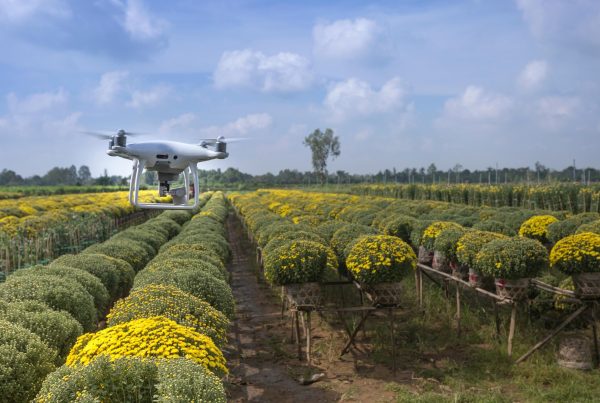Drones, often associated with military operations and security, are also becoming anonymous heroes in humanitarian missions that aim to save lives and make a difference in the world. Their versatility and ability to reach inaccessible places make these small unmanned aerial vehicles valuable tools for noble causes.
In contrast to their military use, drones are playing a crucial role in search and rescue operations. Equipped with high-resolution cameras and advanced sensors, they can detect people in emergency situations, such as natural disasters or accidents, enabling a faster and more effective response. This not only saves lives but also reduces the risk for search teams.
Another noteworthy humanitarian application is the fight against forced labor and child labor. Drones are used to monitor remote areas where these illegal practices are suspected to take place. With their imaging and video capture capabilities, they provide concrete evidence that can be used in investigations and legal actions to eradicate these human rights violations.
Furthermore, drones have been instrumental in environmental preservation and wildlife conservation. From identifying poaching activities to tracking deforestation, these devices enable constant monitoring and the collection of precise data that supports the protection of our planet.
Drones also have applications in delivering humanitarian aid to hard-to-reach areas. They can transport medical supplies, food, and water to regions affected by disasters or conflicts, providing assistance to needy communities.
While drones have had a past associated with war and harm, their potential to do good is undeniable. These unmanned aircraft have become silent allies in humanitarian missions, where their ability to save lives, protect human rights, and preserve our planet stands as a true testament to their value for humanity.





